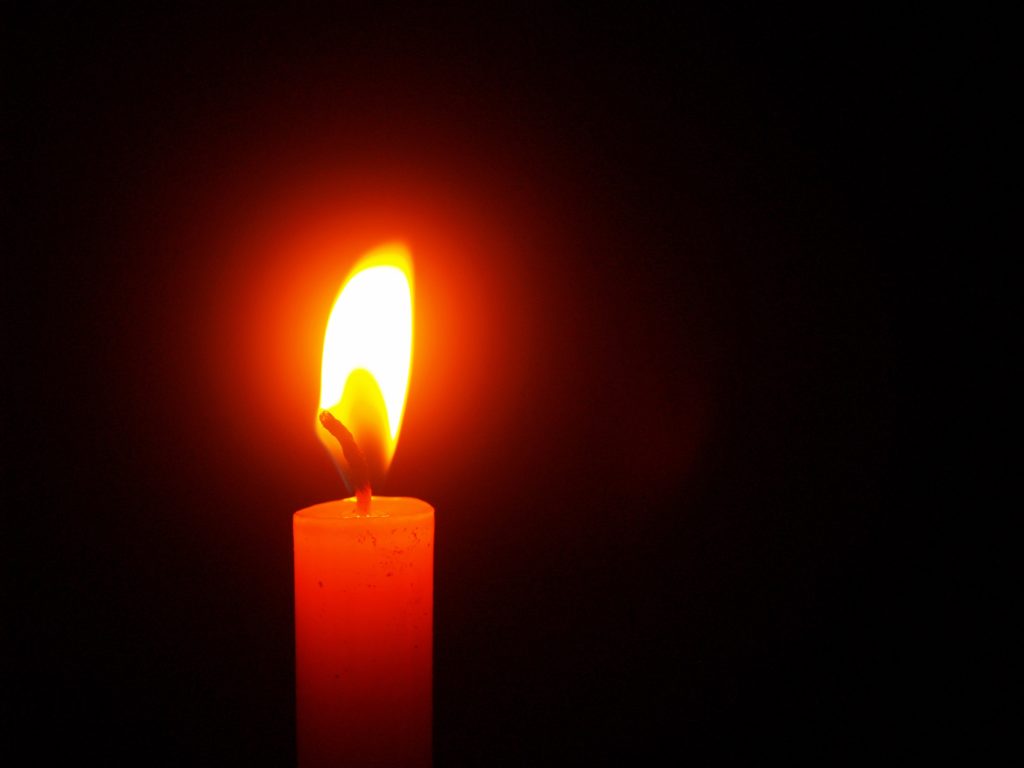First ran Sunday, Sept. 12, 2021, in The Times and The News-Star.
Airplane pilots call it “severe clear,” when the sky is so blue you can see forever, when visibility is unlimited.
In the re-telling of stories from 9/11 survivors and people who were on the scene in New York City that day, so many remarked on the sky that Tuesday morning, a forever blue, cloudless sky.
Severe clear.
A strange and eerie coincidence then, that America never saw it coming. The sky and the international landscape was changed forever after American Airlines Flight 11, a Boeing 767 carrying 81 passengers—including five hijackers—and 11 crew members, left Boston’s Logan International Airport at 7:59 EDT bound for Los Angeles International Airport and crashed into the North Tower of the World Trade Center at 8:46 EDT.
Those of a certain age will always remember where they were when they heard. I had just dropped off my No. 1 son at junior high when the voice on the radio told me a plane had crashed into the World Trade Center. So someone piloting a little twin-engine must have had a heart attack or something, you figured. Tragic.
Except that’s not what happened at all.
This was the first major news event in which the world was wired for immediate participation in what was happening that day in Manhattan. Social media. Internet. Live pictures. We were left to try and figure out in real time what was happening, just as the reporters were trying to do.
It wasn’t until Wednesday, September 12—20 years ago this Sunday—that the last of the 20 survivors of the towers’ collapse was rescued from the rubble, a Port Authority secretary named Genelle Guzman-McMillan. She’d been buried for 27 hours and is alive today, she said this week, because of the grace and goodness of God sparing her so she could share her story.
Because two decades have passed, young adults who were alive at the time but too young to remember might want to know more about that day. Or if you’re my age, you might want to know more, or to remember more. A couple of suggestions…
“102 Minutes: The Unforgettable Story of the Fight to Survive Inside the Twin Towers” is one of the two best books I’ve read on 9/11. New York City newspaper journalists Jim Dwyer and Kevin Flynn wrote it after three years of reporting. It’s 400 pages and was released in 2005.
This book concentrates solely on what was happening inside the towers before the first plane hit until the end of the day. It’s written almost like a novel. It’s detailed with the smallest things of significance, like the names of the two people who had been at a breakfast meeting and were the last to safely leave Windows on the World, located on the 107th floor of the World Trade Center and one of the city’s greatest restaurants. It’s just one of the many cases of blind luck, one of the examples of timing that was either lucky or fatal that day.
Rick Atkinson, the Pulitzer Prize-winning author of “An Army At Dawn,” the first of his Liberation Trilogy books on WWII, describes it like this: “’102 Minutes’ does for the September 11 catastrophe what Walter Lord did for the Titanic in his masterpiece, ‘A Night to Remember’ . . . Searing, poignant, and utterly compelling.”
(If you haven’t read “A Night to Remember,” read that too.)
Another book, this one much broader, is “The Only Plane in the Sky: An Oral History of 9/11.” Garrett M. Graff wrote it after doing a takeout magazine piece and decided to vastly magnify that by talking to literally hundreds of people.
National Public Radio describes the book this way: “Graff has woven a powerful, graphic narrative of how September 11 played out everywhere from the International Space Station to the inside of the collapsing World Trade Center towers.”
One of our astronauts on the Space Station tells of how weird it was to look at America and see no contrails that afternoon. Usually, there are hundreds.
But on 9/11, by early afternoon, Air Force One was the “only” plane in the sky. The only others were the military jets dispatched to fly with it and the planes launched to protect the blazing Pentagon and Washington, D.C.
The book has been described as “the most human portrait of the September11 attacks yet,” and I’d agree. Interviews of almost 500 people, from government officials to friends and family members of survivors to witnesses and first responders.
I listened to this book instead of reading it because of the transcripts live from the actual day, including some telephone conversations from passengers who were trying to inform authorities. Some of the people talking are the actual people, and some are actors portraying the people. Everyone from the president to school children to a sheriff and fireman in Pennsylvania responding to the crash of Flight 93 in Shanksville.
The book was published in 2019 and won an Audio Book of the Year award in 2020. Listening time is 16 hours. Fairly profound. It’s a history book for a younger person who might want to know what that day was like. A day of evil tragedy, of a blue sky turned black. But also a day of many, many heroes. Never forget.
-30-

